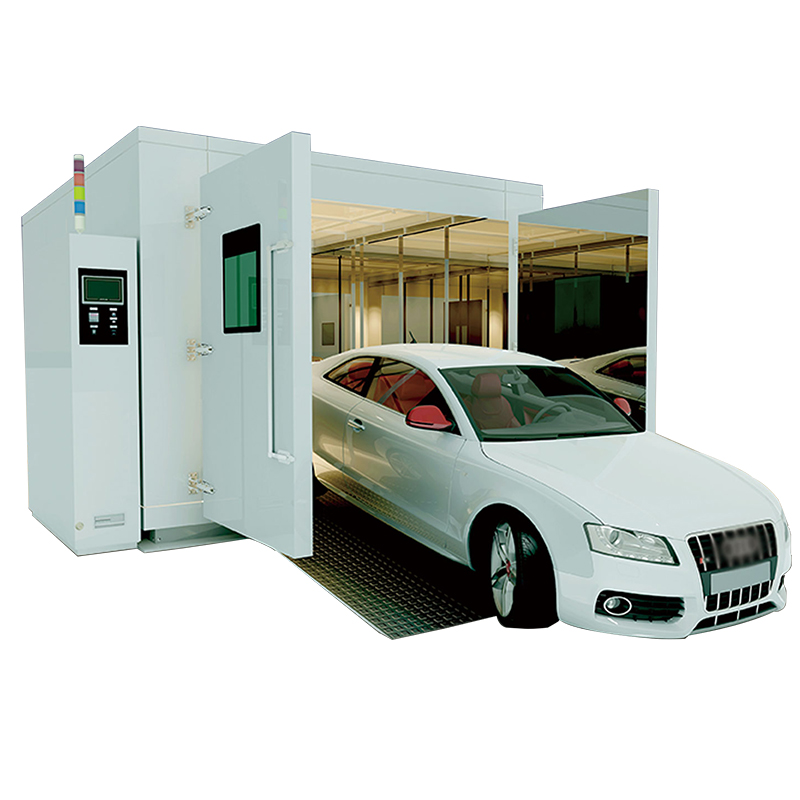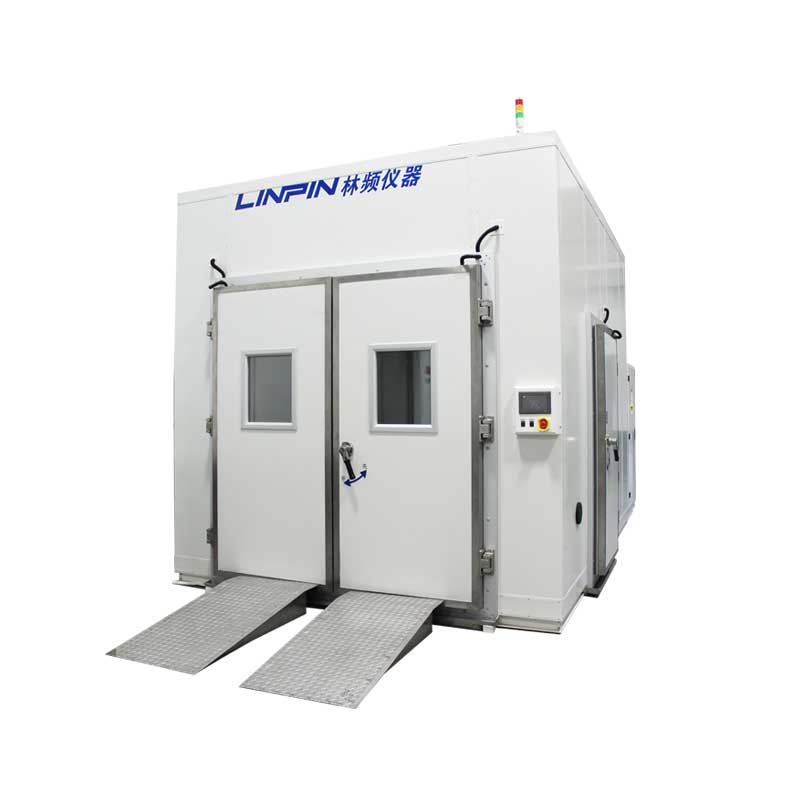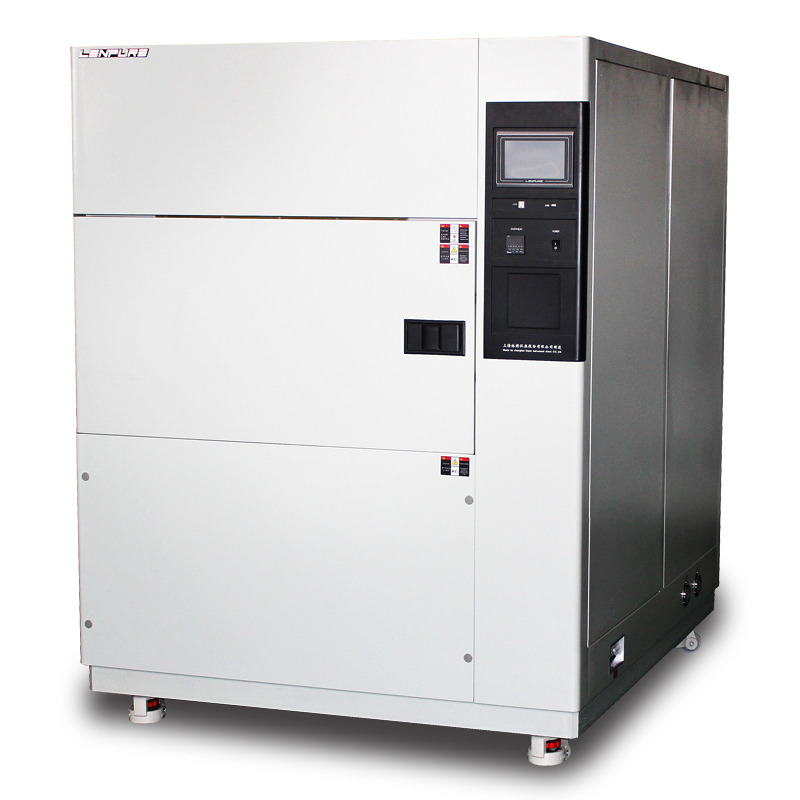5 Major Methods for Presenting Salt Spray Chamber Results – Worth Having
Author:LINPIN Update Time:2025-04-27 Source:LINPINAfter extensive inquiries, reviewing technical parameters from various manufacturers, and multiple rounds of price comparisons, we finally select a suitable salt spray chamber that meets our testing requirements. Once the equipment passes acceptance testing and is properly installed and debugged, we begin conducting salt spray tests. After completing the tests, we obtain experimental data. So, how do we present these results to help technical personnel clearly understand the performance of the test samples and make corresponding improvements?
There are many methods for presenting the results obtained from salt spray tests, such as: describing based on corrosion characteristics, presenting based on the percentage of corrosion area, explaining through weight changes, analyzing via corrosion rate, and categorizing corrosion levels based on experience. Below, we summarize several commonly used methods for presenting test results:

1. Describing Based on Corrosion Characteristics
This method involves describing the results based on the appearance characteristics of the corrosion products after the salt spray test. Standards that adopt this method include:
- JB4159-1999 General Technical Requirements for Tropical Electrical Products
- GJB4.11-1983 Environmental Tests for Shipboard Electronic Equipment – Salt Spray Test
2. Presenting Based on Percentage of Corrosion Area
This method is suitable for flat samples. If the test duration is short or the sample has a complex shape, determining the corrosion area may be difficult. Standards that use this method include:
- GB/T 6461-2002 Corrosion Tests in Artificial Atmospheres – Rating of Test Specimens and Manufactured Articles
3. Explaining Through Weight Changes
This method evaluates corrosion by measuring weight changes in the samples before and after the test. It includes weight loss method and weight gain method, both typically applied to flat samples.
- Weight Loss Method: A chemical solvent that dissolves corrosion products without reacting with the sample itself is used to remove corrosion deposits, resulting in a lighter post-test sample. The result is expressed as the weight loss per unit area of the sample.
4. Analyzing via Corrosion Rate
Standards that adopt this method include:
- ASTM B537-1970 Standard Practice for Rating of Electroplated Panels Subjected to Atmospheric Exposure
5. Categorizing Corrosion Levels Based on Experience
This is a rough classification method based on practical experience. Common descriptions include:
- Severe corrosion
- Significant corrosion
- Moderate corrosion
- Slight corrosion
- Very slight corrosion
- Appearance remains intact
Post-Test Maintenance
After completing a salt spray corrosion test, clean the interior and exterior of the chamber thoroughly with water. After each test, drain and rinse the measuring cup to prevent salt crystal buildup, which could interfere with sedimentation calculations. When cleaning the chamber, handle the temperature sensor’s protective cover with care. Exercise caution when cleaning the glass filter and nozzle—avoid using needles or hard objects to unclog them. Apply gentle force to prevent damage.





